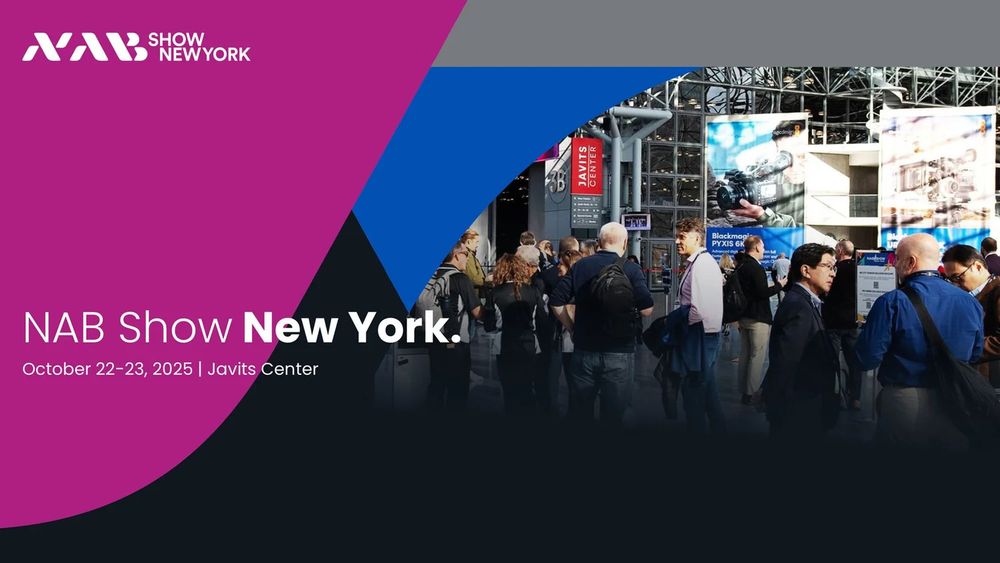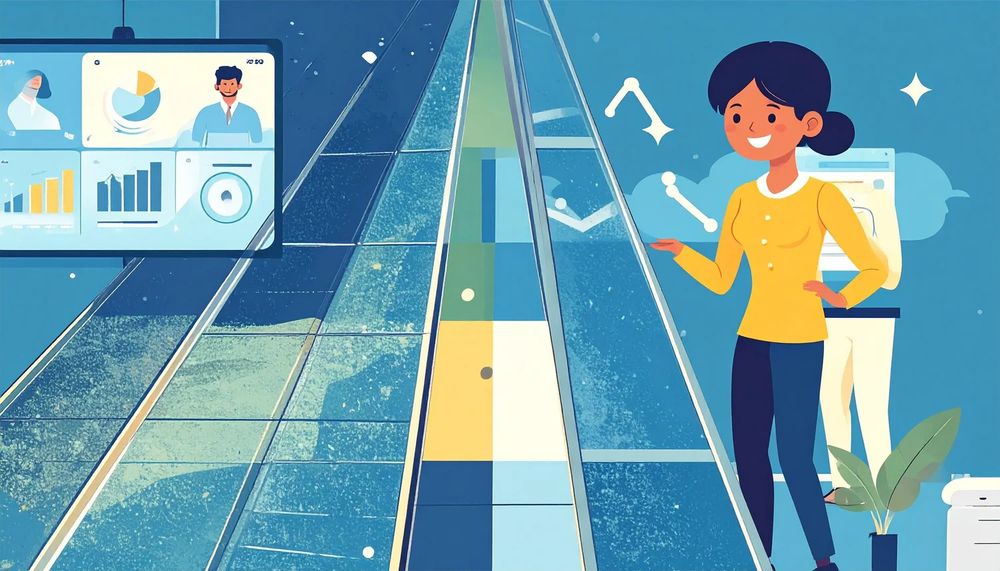It’s Never Enough… and That’s Okay
If you do creative work for a living (or for love), you’ve met the “Houdini” problem. Because the boxes on our desks can do design, photos, video, code, and music, folks assume we can pull off miracles on demand—preferably by lunch. On the outside, you look like an artistic problem-solver. Inside? Sometimes you feel wrung out.
Here’s the truth I’ve learned after a few decades in creative trenches: you are not a vending machine for ideas. Creativity is a blend of three ingredients you can actually manage:
*
your environment,
*
your tools and resources, and
*
your personal well-being.
Dial those in, and the magic shows up more often.
1) Build an environment that invites ideas
Bad rooms kill good thinking. I once had to concept inside a roaring factory—harsh light, harder mood. We survived because we arrived with a plan. Most days, though, you get to choose your setting. Make it yours.
*
Change altitude, change attitude. When you’re stuck, move. Walk. Stand by a window. Take a notebook to a different corner. Location switches your brain’s input.
*
Personalize your space. Put photos, sketches, clippings, or objects that remind you of why you make things. They’re not decoration; they’re prompts.
*
Know your high-creativity hours. Protect them. I do my best idea work late at night; you might be a 7 a.m. sprinter. Guard those windows like billable time.
*
Make it playful. A couple of toys or odd lamps are not childish; they’re pattern breakers your brain uses to connect dots.
And when the room isn’t yours? Show up with a plan: a one-page treatment, a shot/task list, and a timer. Time boxes protect attention. (Project discipline matters; pros juggle scope, schedule, and budget daily—the “triple constraint.” Respecting those constraints creates room for quality. )
2) Stock the right tools (and a deep pantry)
Tools don’t make the artist—but they do remove friction. I keep two categories:
Capture tools (for raw material):
*
A phone and a small camera live in my bag—photograph textures, patterns, typography, and light you like. Build your own reference library so you’re never starting from zero.
*
A flatbed scanner with a sheet of protective glass turns anything into a texture—paper, fabric, leaves. Rainy-day scanning sessions pay off for months.
Development tools (for shaping work):
*
Build a library of presets, actions, styles, and looks you genuinely understand. Treat them like spices, not sauce. (Installing or managing presets and styles is simple—but keep them organized so you can reach for them fast. )
*
Keep a shelf (or folder) of art books and tear sheets—type, color, layout, photography. Print has a longer history than most of our screens; harvest it.
Pro tip: When editing photos, start clean. Wipe the lens, control the flash manually, tap-to-focus, avoid digital zoom, keep the shot steady, and ride exposure by hand. These small technical moves dramatically reduce post-work and protect creative energy later.
3) Protect the creator (that’s you)
Your brain is your primary instrument. Treat it like an expensive lens.
*
Energy budgeting. You can’t do high-concept ideation, careful craft, and rapid client comms all at once. Batch similar tasks.
*
Constraints help. Limits (time, palette, format) spark inventive choices. Embrace them instead of fighting them.
*
Recovery is part of the process. Museums, books, long walks, teaching a workshop, or lurking in a professional forum—these inputs refill the well.
*
Keep it simple. Write and speak about your work like you would to a smart friend: clear, conversational, honest, with just enough wit. Jargon is a creativity tax. (That’s not my rule—it’s simply good copy discipline.)
The Creative Hammer: a small, mighty kit
*
Analog: index cards, sticky notes, a thick marker (big strokes force big ideas).
*
Digital: a capture app you love, a notes app with fast search, and two preset libraries: one for speed, one for style.
*
Library: 3 books on color/typography/composition, 1 book of interviews with artists, a folder of ads or posters you admire.
*
Recovery: a playlist for deep work, a walk route, and one colleague you can call for a five-minute sanity check.
Pitfalls (and easy repairs)
*
Endless collecting, no making. Put a timer on research. If you haven’t sketched by minute 20, you’re hiding.
*
Preset overuse. If a look is fighting your story, throw it out. Presets are starting points, not finish lines.
*
Over-polishing early. Prototype first, polish later. Separate idea-generation from finish-work.
*
Everything, everywhere, all at once. Choose a single outcome for this session: a page, a beat sheet, a color key, a thumbnail.
Micro-assignments to strengthen your creative muscle
*
Room Reboot (30 minutes): add three personal touchstones to your workspace and remove three visual distractions.
*
Texture Hunt (20 minutes): shoot or scan 15 textures/patterns. File them in a folder you’ll actually use.
*
One-Rule Project (45 minutes): make something finished (not perfect) under one constraint: two fonts, one color family, three cuts, one metaphor—your pick.
*
Teach Once (15 minutes): write a short tip for your team or community. Teaching clarifies thinking.
Final word
Creativity isn’t a lightning strike; it’s a repeatable practice. Shape your space, sharpen your tools, and take care of the human doing the work. Do that, and you’ll stop chasing magic and start making it—on purpose.
























